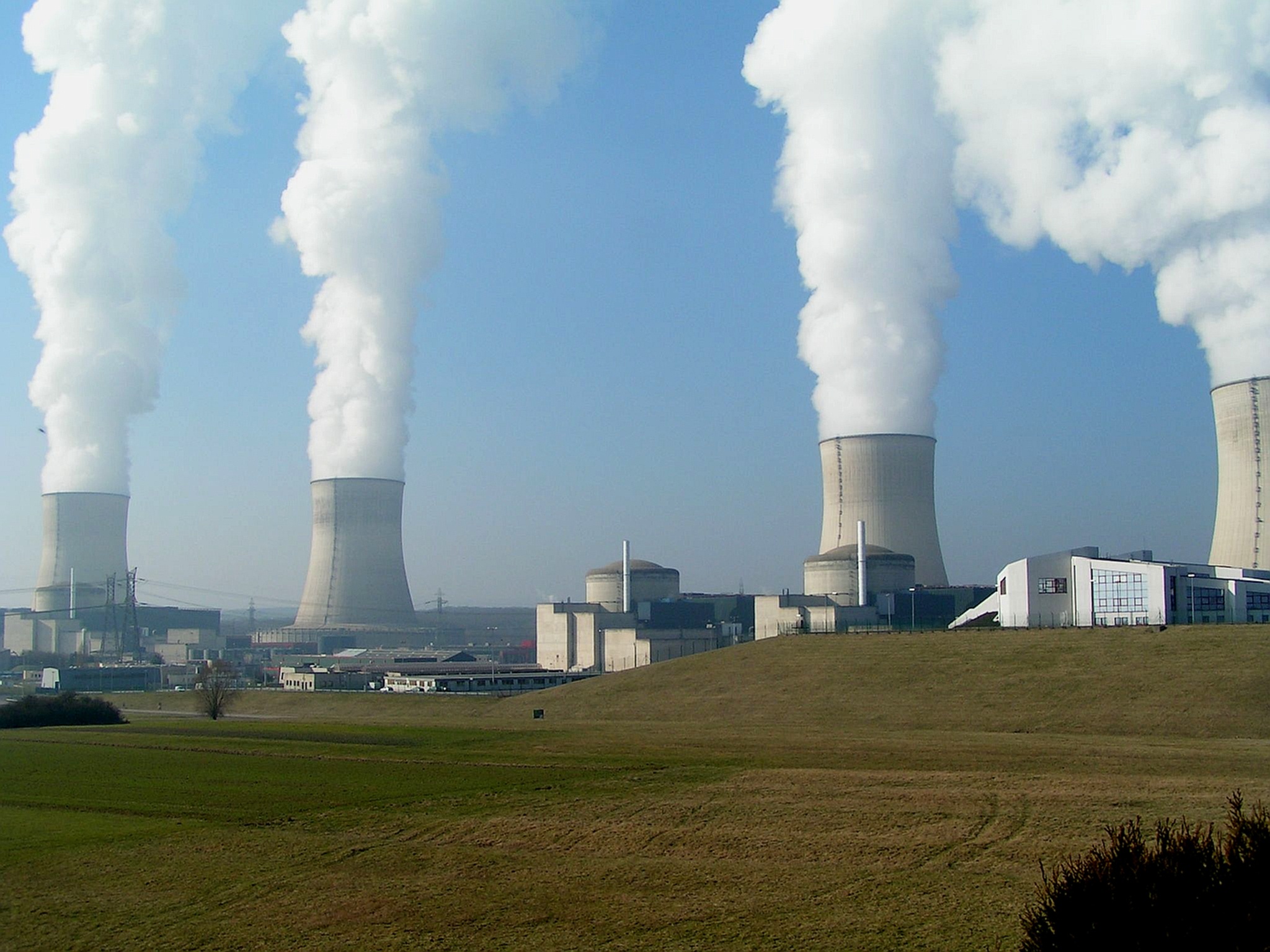Nuclear physics, as a discipline, stands at the intriguing intersection of fundamental science and practical application, evoking a spectrum of interdisciplinary connections that resonate across multiple fields. Exploring nuclear physics invites us to entertain a broader intellectual landscape where cooperation between divergent academic domains cultivates fresh insights and revolutionary advancements. This article will elucidate the interdisciplinary nature of nuclear physics, illustrating its intersections with chemistry, engineering, environmental science, and medical technology while presenting an array of promising prospects that such cross-disciplinary collaborations offer.
The intricacies of nuclear interactions and the behavior of atomic nuclei form the bedrock of nuclear physics. At its core, this discipline investigates the components and forces that dictate the behavior of matter at a subatomic level. This fundamental inquiry unravels complex phenomena, laying a foundation that supports various allied fields. Notably, chemistry is profoundly influenced by nuclear physics; nuclear reactions serve as pivotal processes in both analytical chemistry and nuclear chemistry. The understanding of isotopes, radiochemical processes, and the principles of radioactive decay underpins significant applications ranging from nuclear imaging techniques to radiotherapy in cancer treatment. The interplay between nuclear and classical chemistry exemplifies how insights gleaned in one area can directly inform methodologies in another.
Furthermore, the engineering domain integrates nuclear physics principles in multiple realms, particularly in the design and operation of nuclear reactors. Reactor engineering necessitates a comprehensive understanding of nuclear reactions and their thermal dynamics, illustrating a case where theoretical physics underpins practical application. Engineers harness the laws of nuclear fission, employing them to generate thermal energy, thus converting nuclear energy into electrical energy efficiently. The development of advanced reactor types, such as fast breeder reactors and molten salt reactors, showcases innovative engineering possibilities hinged upon nuclear physical principles, emphasizing the discipline’s applicability in energy solutions and sustainable development efforts.
Moreover, nuclear physics resonates deeply within environmental science, especially when one considers its ramifications on global ecological health. The influence of nuclear techniques in environmental monitoring and remediation is particularly compelling. For instance, tracing radioactive isotopes can provide invaluable information about contamination levels, pollutant sources, and pathways of hazardous waste, thus informing mitigation strategies. Environmental applications of nuclear physics also extend to studying climate change, where isotopic analyses can reveal historical climate patterns and inform future predictions. This direct interplay highlights the necessity for experts in nuclear physics to collaborate with environmental scientists in tackling pressing global challenges.
In the realm of medicine, the influence of nuclear physics has burgeoned into a complex interdisciplinary synergy that has revolutionized healthcare. The utilization of radioactive isotopes in diagnostics, such as positron emission tomography (PET) and single-photon emission computed tomography (SPECT), epitomizes a practical application directly tracing back to nuclear physics. The precise detection and imaging capabilities enabled by these technologies allow for early diagnosis and targeted therapies, significantly enhancing treatment efficacy in oncology. Furthermore, advancements in radiotherapy consistently refine cancer treatment protocols, demonstrating the profound impact of nuclear physics on improving patient outcomes. The synthesis of principles from nuclear physics and medical technology exemplifies how interdisciplinary collaboration can engender innovative solutions to vital health crises.
Despite the myriad advantages offered by nuclear physics and its interdisciplinary nature, ethical considerations must be addressed as this field advances. The promise of nuclear power as a sustainable energy alternative stands juxtaposed with historical concerns regarding safety, waste management, and environmental impact. The integration of political science, public policy, and nuclear physics emphasizes the necessity of fostering informed discourse around nuclear energy. Experts must collaborate to navigate these intricate ethical landscapes, model transparent communication strategies, and cultivate public understanding, thereby enhancing societal receptiveness to nuclear innovations.
A burgeoning frontier lies in the reconciliation between nuclear physics and information technology. The advent of quantum computing presents opportunities for conceptual advancements in nuclear physics that can transform interpretative capabilities regarding nuclear interactions and matter at unprecedented scales. Collaborations between theoretical physicists, computer scientists, and data analysts may yield transformative algorithms capable of simulating complex nuclear processes. Such interdisciplinary endeavors promise to amplify the predictive accuracy of nuclear phenomena and propel fundamental research into realms currently inconceivable.
In addition, the future of nuclear physics rests on the horizon of international cooperation. Complex global challenges necessitate collaborative efforts that extend beyond national borders, inviting cross-disciplinary dialogue among physicists, environmental scientists, and health experts. The pursuit of nuclear fusion as a clean energy source exemplifies this international ethos, with institutions worldwide routing their resources toward achieving this elusive goal. Engaging experts from various domains encourages shared problem-solving and innovative concept development, which fosters unity in scholarly pursuits.
In summary, nuclear physics embodies a quintessentially interdisciplinary field, interweaving with chemistry, engineering, environmental science, medicine, and computer science. Each area benefits from a symbiotic relationship that not only enhances the depth of research but also enriches societal applications. As researchers and practitioners continue to explore novel intersections, the synergistic potential unveiled through cooperative endeavors becomes inexorably vital in addressing contemporary challenges. With a commitment to ethical considerations and a forward-looking perspective on international collaboration, nuclear physics promises to remain at the forefront of scientific advancement and applied technology for generations to come. The curiosity inspired in this domain is not merely an academic pursuit; rather, it signifies a profound catalyst for change that holds the potential to reshape our understanding of the universe and our place within it.












